Oca, Mocrocks
$10.00 – $15.00
| Oca information and growing instructions |
| This is an OSSI open source variety. Click for more information about open source seeds. |
| Phytosanitary information |
Mocrocks is a Cultivariable original variety, introduced in 2015, notable for high yield, heat-stable color, and sweet/tart flavor.
Culinary Traits
Mocrocks is tart and somewhat sweet, raw or cooked. You won’t mistake this one for a potato. Raw, it has attractive, shiny, deep red skin and light yellow flesh with a red core. It can be sliced thinly for raw dishes, which will produce disks with contrasting red and yellow rings. Unlike most oca varieties, it retains most of its color when cooked, particularly under dry heat. Roasted Mocrocks tubers become dark purple and the flesh turns yellow/orange. This variety has very soft flesh when cooked.
Agronomic Traits
Mocrocks plants are moderate in height, but robust and spreading, with a large number of stems at maturity. The tubers are produced on relatively short stolons and cluster densely beneath the plant. This has both advantages and disadvantages. The tubers are easy to harvest, but because they are closely packed, many will have irregular shapes. Tuberization photoperiod is about 13 hours, making it two to three weeks earlier than most of the heirloom varieties. Average yield is 2.3 pounds. The maximum tuber length is 4.9 inches inches, but the average tuber length is 2.1 inches. Average tuber count is 38. There are roughly equal numbers of large and small tubers with this variety.
Mocrocks is a moderate flowerer with a mid-styed flower, starting here in mid-June and usually wrapping up by the end of July.
What you will receive
Tubers
You will receive the stated number of tubers, packaged in a wax envelope. We grade tubers by passing them through a grate. Small tubers are those that won’t fall through a 1/3″ grate, but that will fall through a 1 inch grate. Medium/large tubers are those that will not fall through a 1 inch grate.
Seeds
Seeds are open pollinated. Because oca is a polyploid hybrid, the seeds will not grow true to type. They are suitable for use in breeding or conservation efforts and could be used to select varieties similar to the parent type.
| Weight | 0.1 lbs |
|---|---|
| Dimensions | 4 × 2 × 1 in |
| True Breeding | |
| Tuber Size | |
| Origin | |
| Licensing | |
| Yield | |
| Skin Color | |
| Flesh Color | |
| Flowering | |
| Last Regen | |
| Climate | Marine West Coast (PNW), Mediterranean (CA), Warm Humid Continental (NE/Canada) |
| Tuber Initiation | |
| Product Type | |
| Best Uses | |
| Flower Type | |
| Availability |
Only logged in customers who have purchased this product may leave a review.

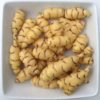

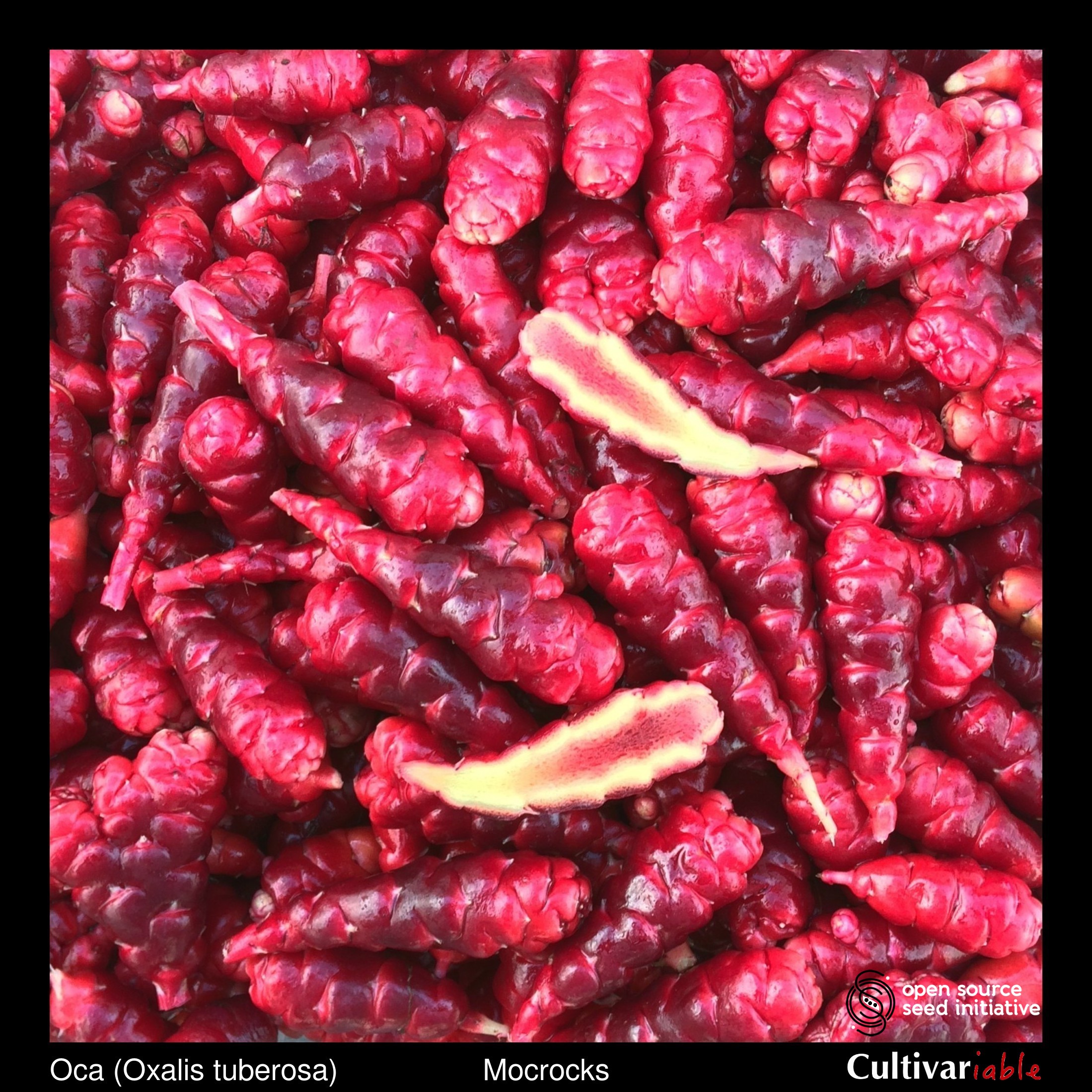
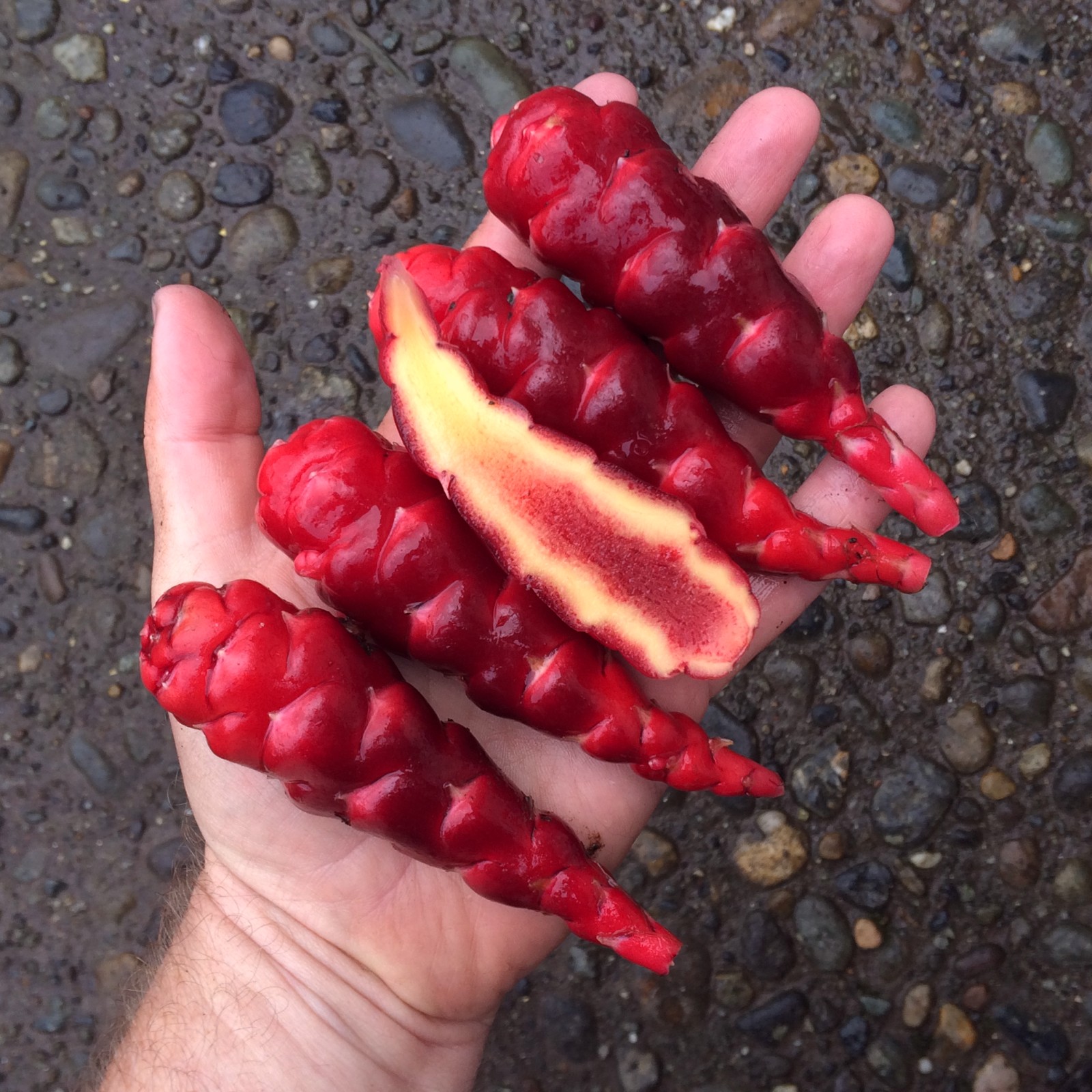
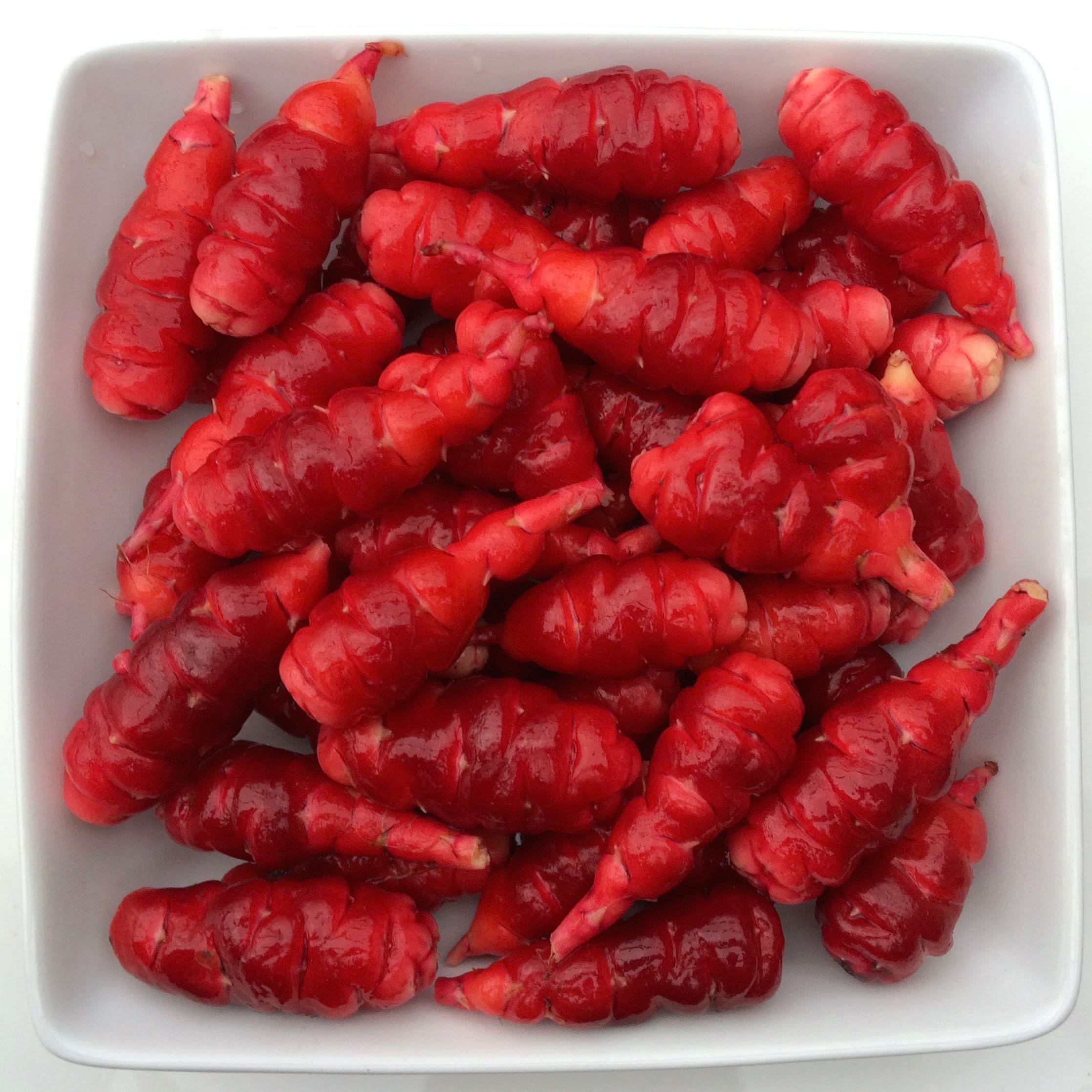
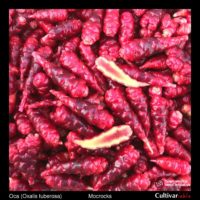
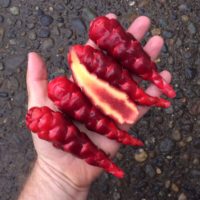
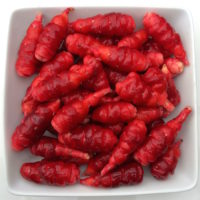
Reviews
There are no reviews yet.